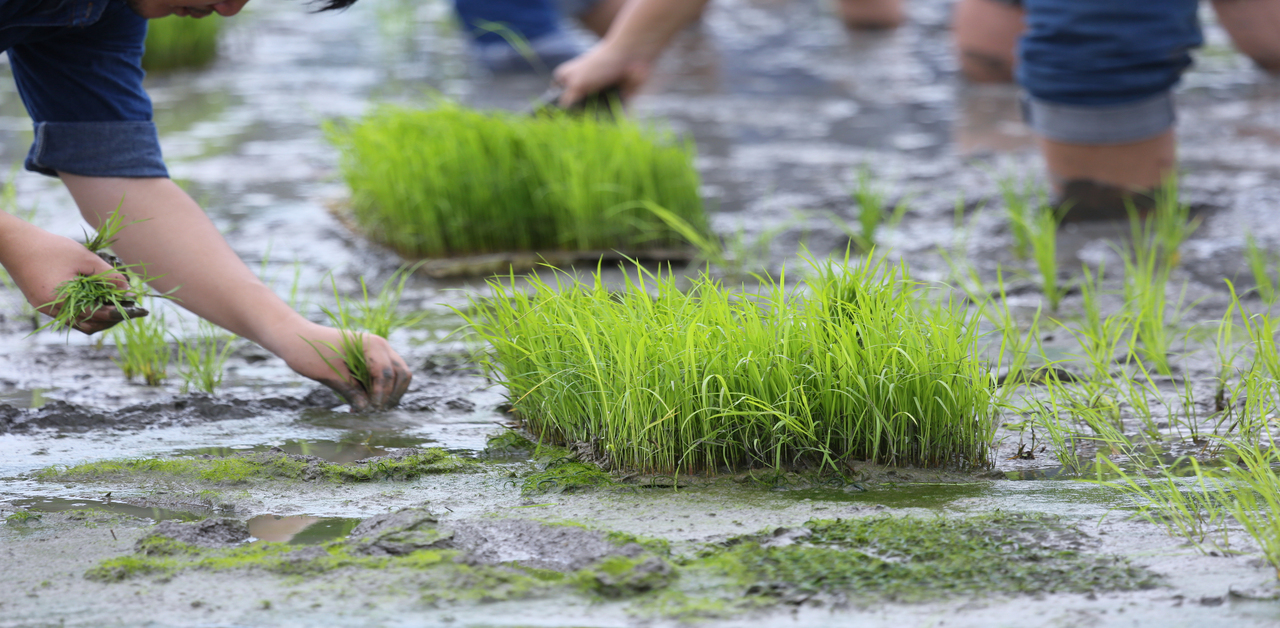The Dapog method of rice cultivation is a new approach to planting rice seedlings in a soil-less environment, and was initially introduced in the Philippines but has also been widely adopted on a large scale in Asia.
The Dapog method also takes a short time (only 12-14 days) to grow young plants on a flat surface, using polythene, banana leaves, or mats in a place visible to sunlight.
Unlike conventional nurseries, which occupy more space, require soil preparation, and take more time.
This technique is particularly applicable to farmers who have small pieces of land and limited resources, since it not only saves space, time, water, and labor but also allows for mechanized transplanting.
It is currently viewed as a viable, economical, and sustainable solution to rice cultivation, which enables farmers to effectively produce enough food to satisfy the increasing food production needs.
More than half of the world’s population relies on rice as its staple food, and enhancement of its production mode has been an order of the day by farmers, scientists, and governments.
As food security and sustainable agriculture are being adopted more and more, it is becoming important to consider alternative ways of rice farming.
As a form of commercial exploitation, this approach has been massively embraced in various Asian nations, such as India, owing to its effectiveness, affordability, and adequacy among small and marginal farmers.
Not only does it save time, but it also allows saving on input cost, and it allows the farmer to plant healthy seedlings in the main field when they are at the right stage.
In this article, we are going to discuss the meaning, history, procedures, benefits, shortcomings, and importance of the Dapog method in growing rice.
Table of Contents
Origin of the Dapog Method
The Dapog method was initially invented in Manila, Philippines, where agricultural innovations were first developed in the production of rice.
In India, it was adopted for the first time in Andhra Pradesh. The term is called Dapog, a raised seedbed uncleared on a level area, which is Filipino.
The technique was created to enable farmers to plant rice seedlings in large numbers without soil, particularly in regions where such nurseries could not be carried out in traditional settings due to land constraints or high demand for labor, and or because of soil-related issues.
With time, the approach extended to other parts of Asia, and it gained popularity in rice-cultivating states such as India, Vietnam, and Bangladesh.
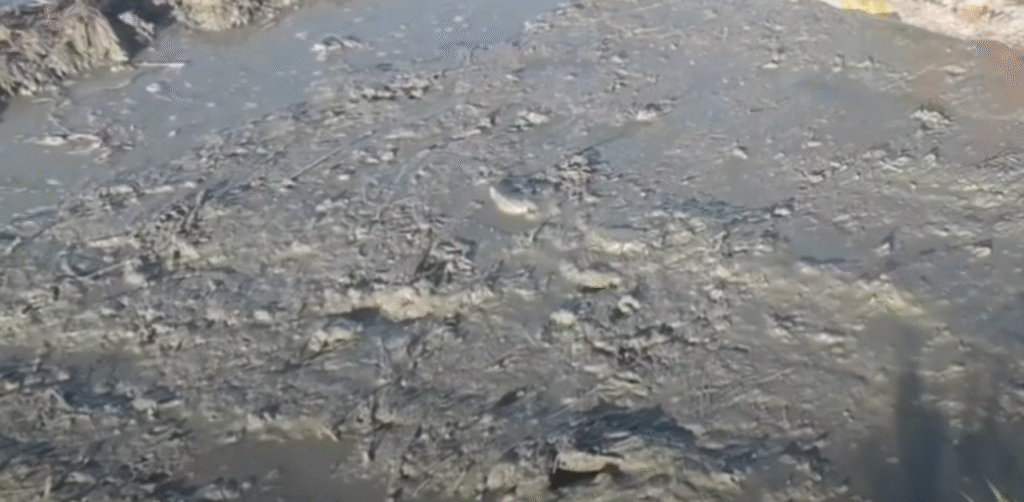
What is the Dapog Method?
The Dapog method of rice cultivation is a soil-free method of seedling growing. Nursery plants are not prepared in the soil but put on a thin surface of polythene sheets, banana leaves, or concrete floors.
The germination of the seeds and the growth of seedlings are completed in a few days, either 12-14 days, and then they get ready to be transplanted.
- Required Area: 25-30 m2.
- Seed Rate : 3 kg/m2 or 75-90 kg/hectare.
- The seed is suitable for transplanting after 11-14 days.
- Without soil floor on banana leaf/mat( 5-6 seedlings/hill).
It is an apt approach, particularly in places where there is a limited nursery area, a shortage of workforce, or when there is an urgent need to plant.
By using this method, farmers will conserve water, fertilizers, and time, and have even returns of seedlings.
Procedure of the Dapog Method
The Dapog method entails a process of effective seedling upbringing. It can be explained in the following way:
1. Selection of Site
An equally flat area is chosen where the nursery is to be raised. It can be a concrete floor, a polythene-covered floor, or a banana leaf that has been spread on the floor.
This should be near the main field, and the location should be close to water, which can be used to irrigate.
If you want to purchase a book, “A Competitive Book Of Agriculture By Nem Raj Sunda 13Th Edition“, you can click here.
2. Seed Treatment and Seed Selection
The seeds that are selected are of good quality. They are normally hybrid or high-yielding seeds.
The seeds are moistened with the help of water within a period of 24 hours, after which incubation is allowed for 48 hours.
This step of pre-germination is done to provide uniform germination and establishment.
3. Bed Preparation
A polythene sheet or banana leaf mats/thick canvas is laid on the ground.
The plane is made flat to prevent the stagnation of water.
There is no soil used, thus this technique is different from the nursery beds.
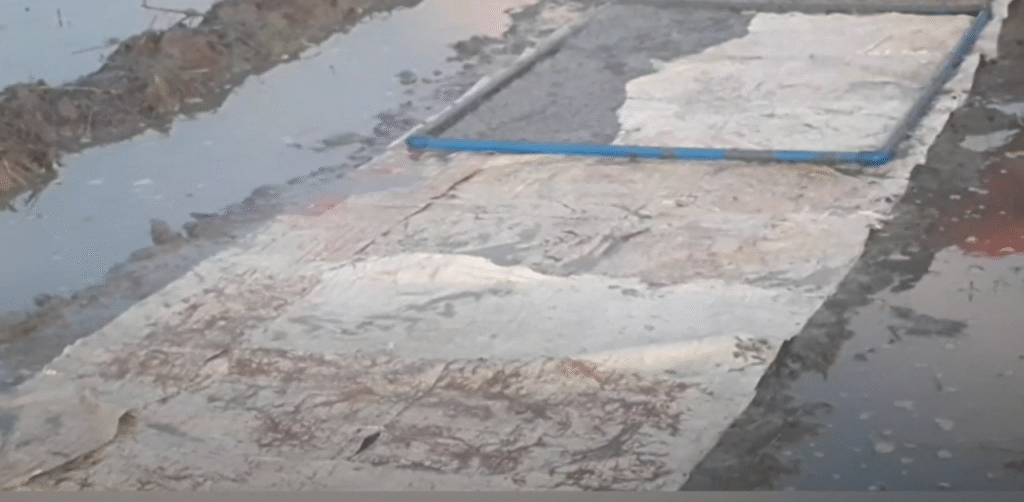
4. Sowing of Seeds
It is the pre-germinated seeds that are uniformly applied to the prepared surface at a rate of approximately 1.5 to 2 kg seeds per square meter.
The seeds are spaced in a single layer, not too crowded.
This is followed by a sprinkling of water once sowing to moisten the seeds.
5. Water Management
The nursery bed is sprayed with water every two days, and the water remains in the soil without developing any waterlogging condition.
Seedlings do not have to be brought into contact with continuous water, since a surplus amount of water will destroy germination.
6. Seedling Growth
Seedlings grow with a height of 15-20 cm and are well rooted in 12-14 days.
Intertwining roots mean that the seedlings take the form of a mat, which is easily rollable and carried on to the main field.
7. Transplantation
When they grow to 12-14 days of age, care is taken to roll the seedlings into mats and transport them to the main field.
Mechanical transplanting or line transplanting, where the seedlings are engineered to be spaced uniformly, is used in transplanting.
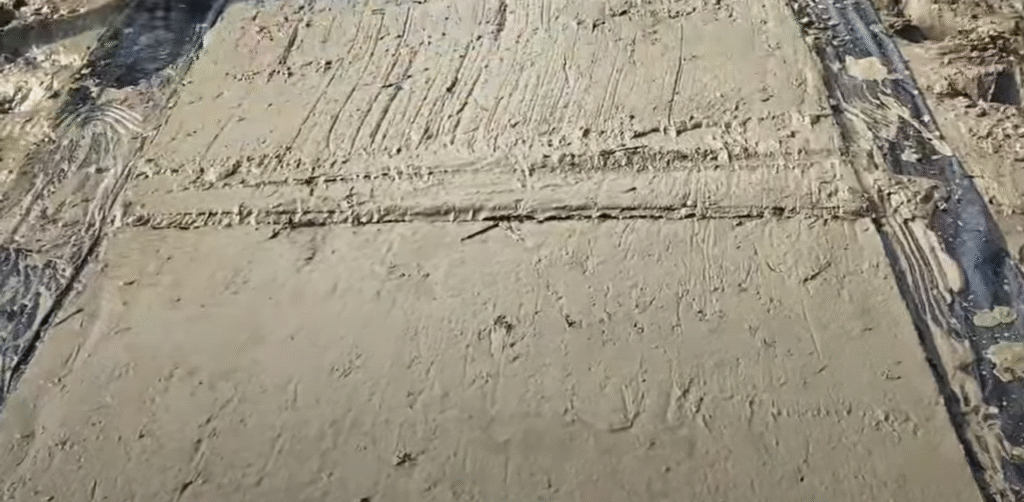
Advantages of the Dapog Method
The Dapog method has more advantages over the conventional nursery practices:
1. Time: It takes a short time of 12-14 days to achieve readiness of seedlings, and the conventional nurseries take 25-30 days.
2. Labor efficiency: Depending on their preparation and management, the Dapog nurseries demand fewer man-hours, therefore lowering the cost incurred.
3. Space saving: The field area does not need much space, that is, a 100 m2 nursery bed.
4. Healthy seedlings: the seedling turns out well, healthy, and with good roots; it roots at a high rate, in the field.
5. Ease of transplantation: The mat seedlings are convenient to work on, and they are not fragile to transplant.
6. Water saving: Uses a lesser amount of water in contrast to standard flooded nurseries.
7. Mechanization of the product: The mat-structured seedlings can be transplanted using modernized machinery of the rice transplanter, which is ideally suited to mechanization.
8. Fewer soil-borne diseases: Since no soil is utilized, seedlings are avoided by many soil-related pests and pathogens.
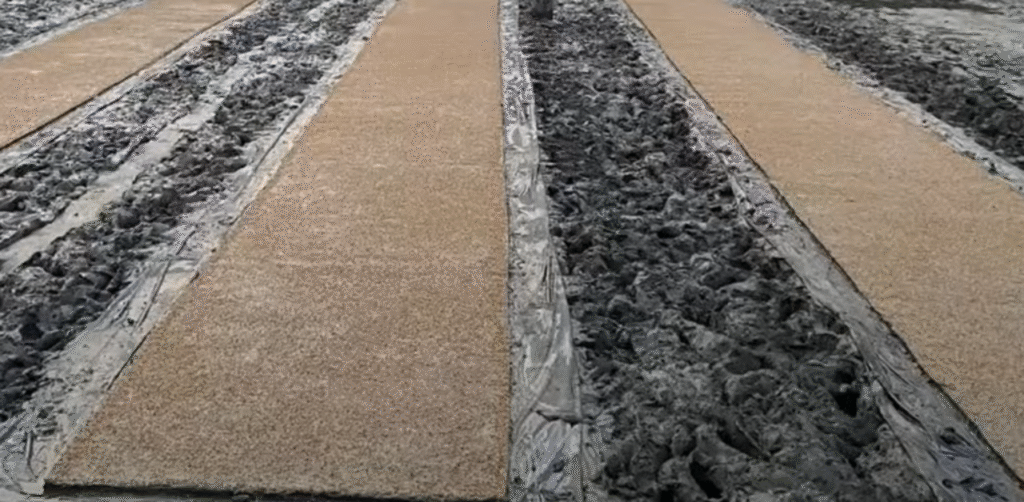
Limitations of the Dapog Method
Although this is advantageous, victims of the Dapog method have some disadvantages:
1. Limited period of transplantation: Accommodating transplantation should last not longer than 15 days; otherwise, the seedlings become weak and elongated.
2. High level of care: This needs constant watering and care to ensure seedling stress is avoided.
3. Not applicable to every condition: In hot and dry climates, it can be hard to keep the mat wet.
4. Preparation at start: It needs polythene sheets, mats, or ready surfaces, which can become a part of start-up expenses.
5. Mechanical damage vulnerability: The seedling mats are made of very thin tissue. Therefore, they should be handled with care during rolling and transportation.
If you want to read an article about rice cultivation in detail, then you can click on it.
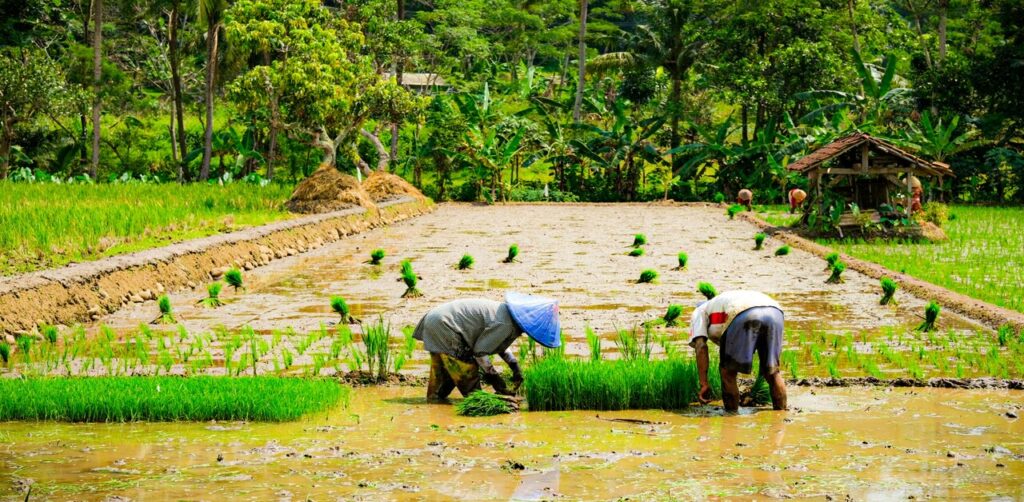
Conclusion
The Dapog process of rice planting is a new, effective, and resource-conserving process that can enable farmers to grow healthy seedlings within a limited duration.
It started in the Philippines and now forms an important practice in the Asian region, including India, where rice is a major staple crop.
The Dapog method has been a blessing to contemporary rice production with its more beneficial side of saving time, water, and space, and aiding mechanization.
But, just like all the ways, it should be handled well, it should be transplanted in time, and it should be taken care of to help the maximum.
With the growing changes in agriculture, the Dapog method can be regarded as one of the viable and sustainable ways through which rice farming will not only be fruitful but also profitable and adaptable to the future.

